Expert Tips on How Take A Professional Headshot At Home
10 min readPublished on: 4 weeks ago
Imagine you’re hiring for a senior position at your company. You’ve received applications from two promising candidates. As you review their resumes, you notice that one candidate has submitted a casual selfie alongside their application, while the other has included a professional headshot: a clear, well-lit photo, dressed in business attire against a nice background.
Based on their photos, who do you think appears better suited for the job?
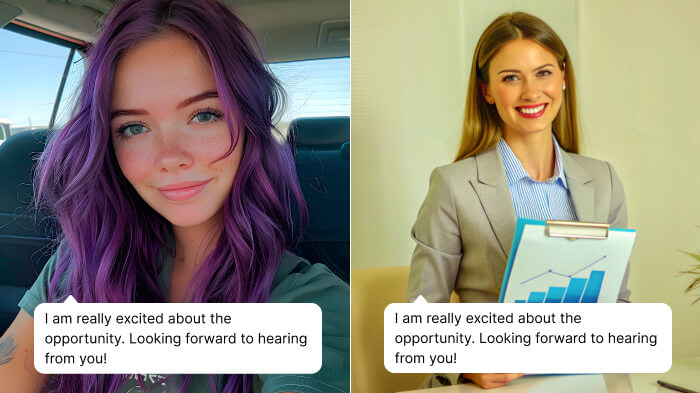
If your instinct tells you that the person with a selfie seems less trustworthy compared to the one with a professional photo, then you’re on the right track.
Introduction
Headshots are a big deal in the professional world, and here’s why:
When you see someone with a professional headshot, it’s like they’re saying, “I’m ready and serious about my career.” It’s not just about looking good—it’s about meeting expectations.
A great headshot isn’t just any random photo; it has a clear focus on your face, with just the right lighting and a simple background that doesn’t distract. Imagine a photo where someone looks directly into the camera with a confident, genuine smile—this can make all the difference.
How To Take a Professional Headshot: 4 Ways
1) Visit a Studio Photography Services
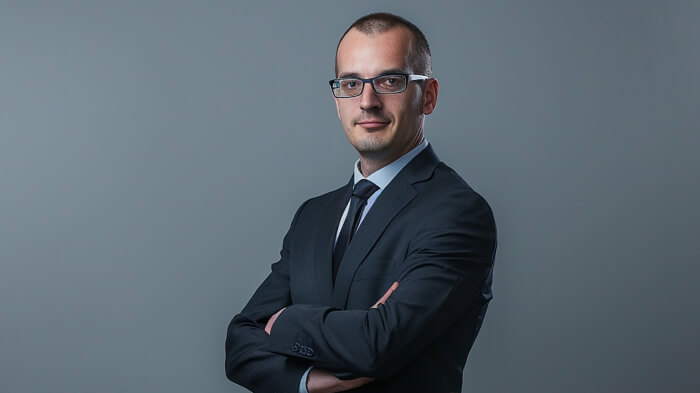
The most straightforward solution for you could be to drive to your nearest photo studio. The photographer will handle everything for you. You can sit back while they deliver high-quality images. You get expert lighting, backgrounds, and editing, along with guidance on posing. But a good photographer can be expensive, and the process might be time-consuming.
2) Conduct Headshots at Home
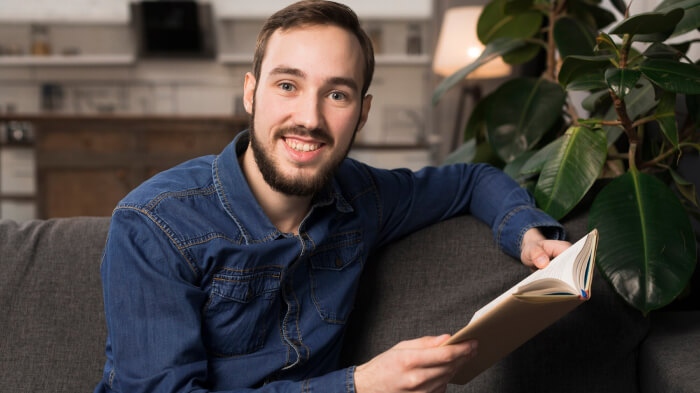
If you have a good camera or smartphone, you can take a professional headshot by yourself. Just follow a few best practices. It’s a very cost-effective and convenient option. It gives you complete control over the process. Though it does require some knowledge of photography basics. It might not match the quality of professional photos, but it can still get the job done just fine. I will be covering in detail on how you can take good headshots at home.
3) Consider Using AI-Generated Headshots
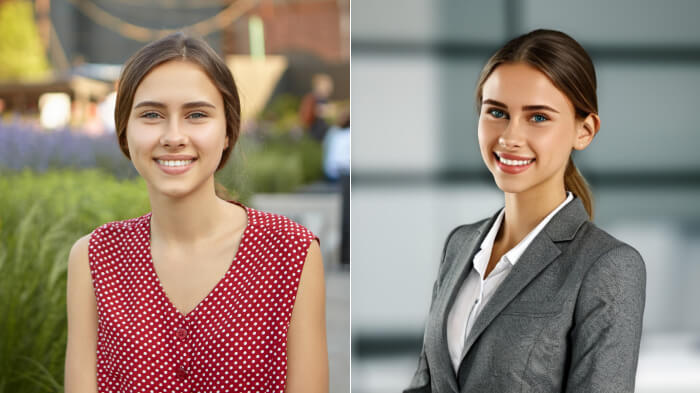
Personally, I like this method the most! You don’t need a fancy camera or a professional photographer. You can simply upload a regular photo of yourself (or the restaurant picture you currently have as your profile picture) to a good AI-powered headshot tool. The AI analyzes your facial features to create a polished headshot. It adds appropriate clothing and backgrounds. What blows my mind is that some of these headshot generators can even change the expressions and poses in your photos. However, remember that even though you don’t need a fancy camera or setup, the uploaded picture should show clear facial features so that the result looks realistic.
4) Add Your Face Overlay on Stock Photos
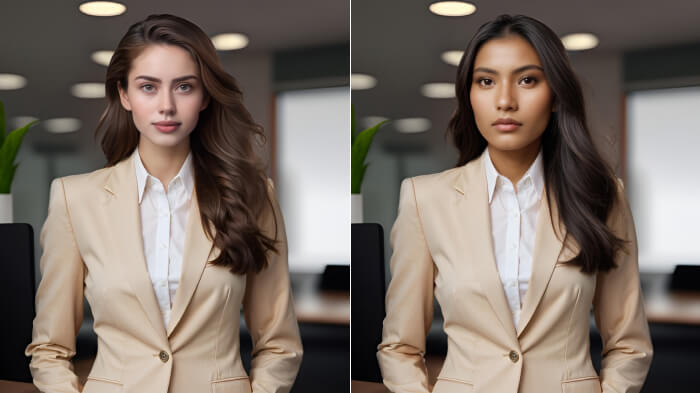
Another creative approach is that you simply find a suitable headshot, use good cutout tools. Yu can extract a cutout of your face, and then place it onto the stock photo.
However, you need to have good editing skills. If it’s not done right, the results can look very fake and unintentionally funny.
How To Take A Professional Headshot At Home
It’s all about convenience! With a little time, a little effort, and a little guidance, you can achieve a good headshot from the comfort of your home.
1) Setting Up the Camera

First things first, place your camera on a tripod or find a stable spot for it. You know the purpose of your photo, so set it up accordingly.
For example, if you want to use it as a profile picture, it should clearly show your face and shoulders. Since profile pictures typically have a square aspect ratio, like 1:1 (400 x 400 pixels). You don’t want a lot of unused space around your body, so make sure to use the space wisely. On the other hand, if you’re using it for a portfolio, a portrait that shows up to your waist will work best, typically at 8” x 10” (W x H).
So, set up the position of your camera accordingly.
Note: Use selfie mode if you are taking the photo yourself. So you can see the frame as you compose the shot.
2) Deciding What to Wear
As Coco Chanel famously said, “Simplicity is the keynote of all true elegance.”
Choose an outfit that suits your career, paying attention to the colors and fit. Keep it as simple as possible.
If you are wondering how to dress for a headshot—whether it’s understanding what fits best in your field or finding budget-friendly options—consider exploring AI-generated outfits.

Note: Try to avoid wearing patterns as they can be visually distracting.
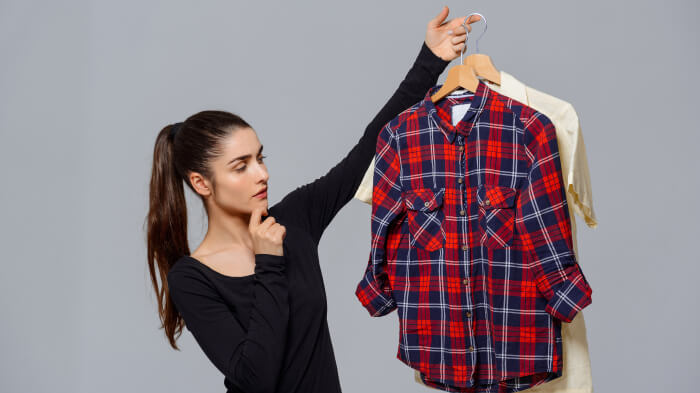
3) Selection of Background
One common myth about headshots is that plain backgrounds are always better than natural ones. This belief stems from the idea that with plain backgrounds, focus remains entirely on the subject without any distractions.
However, natural backgrounds, when used correctly, can also be quite effective. They add a dynamic or contextual element to the headshot. If you’re unsure how to choose or create the right background, consider using AI background generators. These tools can help you effortlessly design or select a background.
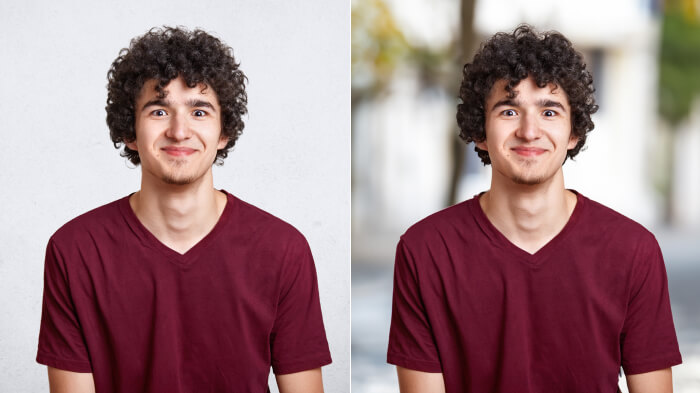
Note: When using backgrounds other than solids, edit the background. Either reduce the exposure or apply a blur effect. It will ensure that the focus remains on you.
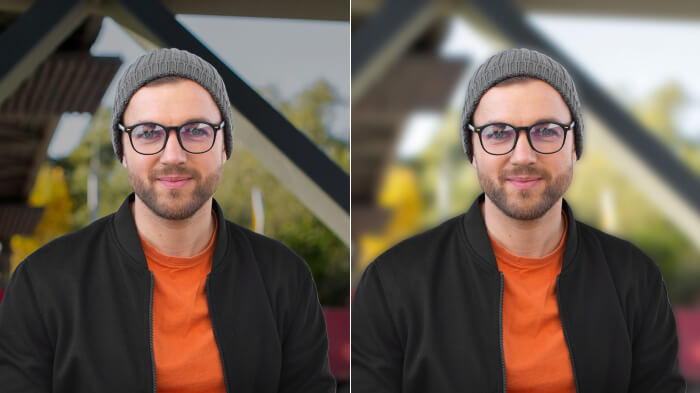
4) Find Good Lighting
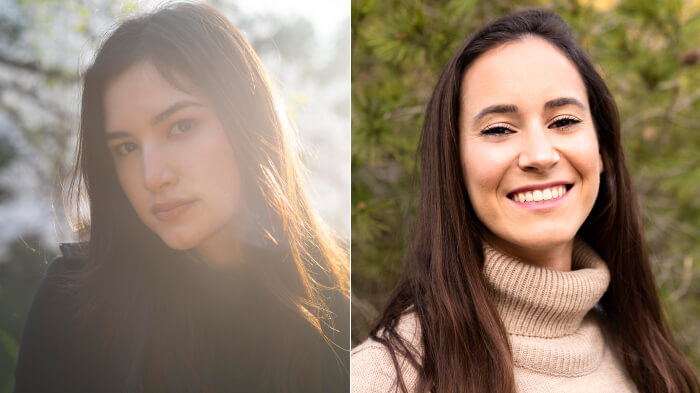
While lighting is important for any photography, you don’t have to buy an expensive setup for it. Just find the right position and angle.
5) Pose/Expression
My theory for a good headshot—”Look like you’re posing, but make it seem candid.”
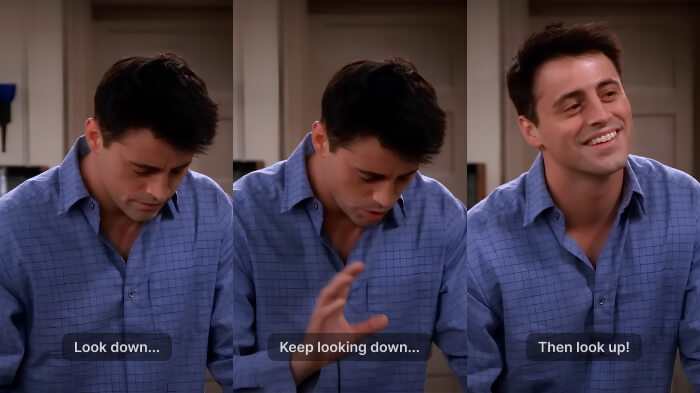
Here is how you do it:
| Poses and Expressions | Dos | Don’ts |
| Body Position | ✓ Keep your body slightly to the side.
✓ Keep your shoulders relaxed. ✓ Lean forward slightly. |
X Face the camera straight on.
X Hunch your shoulders or appear stiff. X Lean too far back; it looks weird. |
| Head Position | ✓ Lower your chin slightly.
✓ Tilt your head slightly. ✓ Keep your head aligned with your spine. |
X Tilt your head too much.
X Lift your chin too high. X Drop your chin too low. |
| Eye Contact | ✓ Keep your eyes open and engaged.
✓ Look directly into the camera. |
X Open your eyes too wide or squint. |
| Facial Expressions | ✓ Smile naturally, with your eyes and mouth.
✓ Maintain a neutral expression. ✓ Keep your jaw relaxed. |
X Force a smile.
X Maintain a completely blank expression. X Clench your jaw or tighten your lips. |
| Hand Placement | ✓ hands to be naturally on your lap or by your sides, or use props to rest hands on them.
✓ Keep them relaxed. |
X Cross your arms tightly across your chest.
X Clench your fists. X Allow your hands to be too prominent or distracting. |
Why would you need a professional headshot?
Professional headshots are needed for several reasons, across various platforms, and in almost every profession:
- They enhance the impact of your job applications.
- Personal branding gets a significant upgrade.
- A unified team appearance is effortlessly established.
- Networking becomes more effective and memorable.
- Media appearances gain a professional edge.
- Your online presence is solidified with a polished look.
You might be surprised to learn all the platforms where you can utilize these headshots:
- LinkedIn and Other Professional Networks
- Company Websites
- Conference and Event Materials
- Corporate communications like annual reports, newsletters, and press releases.
- Press releases and media kits
- Resumes and CVs
- Actor portfolios and casting calls (always popular)
- Professional publications such as articles, books, or blogs written by you.
- Useful on platforms like Instagram for business.
- Sometimes a headshot is included in email signatures.
Studio Headshots vs. At-Home Headshots
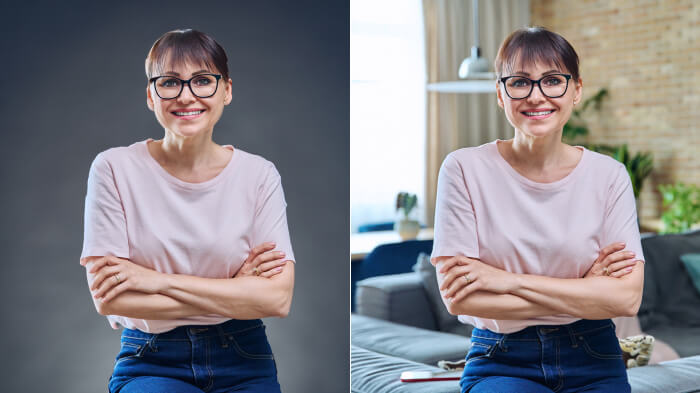
It totally depends on your career profile or how you want to project yourself.
Generally, it’s okay to skip the studio if you’re in a more casual/creative field.
For example, being a writer, I don’t need to be in formal attire, so I’d go for at-home headshots. In fact, for me, at-home headshots are even better because they bring out my casual, relatable vibe.
Similarly, many other roles like graphic designers, artists, startup founders, freelancers, or recent graduates (freshers) don’t need to go to a studio. At-home headshots make more sense for them.
But if you want to project a more professional image of yourself—such as in a leadership position in corporate fields, finance, or law—studio headshots would be a better choice.
Traditional Headshots vs. AI-Generated Headshots

For this segment, let’s assume that when I say “traditional headshots,” I mean studio headshots. The “AI-generated headshots” are somewhat similar to at-home headshots.
When it comes to choosing between traditional headshots and AI-generated ones, the big question is really about quality. “Can AI really match up to the good old professional shoot?” I’ve been a bit skeptical myself.
But lately, AI headshot tools have really stepped up their game. they are becoming super popular by providing the same quality as traditional photos.
In fact, there are tools specifically designed to create headshots. They are tailored for every platform and profession.
If you’re looking to create professional headshots tailored to different needs, there are a variety of AI headshot tools available for every platform and profession. Whether you’re in need of an AI men’s professional headshot or AI women’s professional headshot, a polished AI LinkedIn headshot, or an AI corporate headshot generator, these tools have you covered. Specialized options like AI doctor headshots, AI executive headshots, and AI actor headshots can help highlight your profession. You can even find tools for AI model headshot generators, AI dating headshots, and AI realtor headshots. For students, educators, and legal professionals, options like AI ERA headshots, AI teacher headshots, AI student headshots, and AI lawyer headshots are also available.
So, the real talk now is: should we stick with the classic approach, or is AI the new way to go for professional headshots?
Now, it all narrows down to convenience.
It’s undeniable that AI-generated headshots are far more convenient than photo studios. But if they generate the same quality as photo studios.
Whether it’s speed, cost-effectiveness, accessibility, or personalization, AI has the upper hand. However, traditional studio headshots will always offer an artistic touch and emotional depth.
So, I’ll let you decide what works best for you.
Conclusion
Having a professional business headshot is essential at every stage of your career. Whether you’re applying for a job on LinkedIn or including a photo on your resume. Even after you’ve been hired, you’d need a professional image for the company’s website. How you take your headshot depends entirely on your preferences. It depends on your profession, the image you want to project, your budget, and the platform’s requirements. Ultimately, it serves as a key tool in making a strong first impression.
FAQs
- How to take a professional headshot selfie?
If you want to take a professional headshot selfie, avoid the appearance of holding the phone. Use a tripod or prop the phone against a stable surface to keep your hands out of the frame. Additionally, for the best framing, ensure the shot includes your head and shoulders. Always position the camera at eye level to avoid awkward angles.
- Are at-home headshots better with an iPhone or Android?
You can take a professional headshot with Android or iPhone by focusing on good lighting, a clean background, and proper framing. Modern smartphones, regardless of the brand, offer advanced cameras with portrait modes. Its easy to take a professional headshot with either.
- How much does an AI headshot cost?
In my opinion, AI headshots are the most affordable option, especially given the quality they deliver. While taking headshots at home is the cheapest, the quality often falls short. Studio headshots offer great results but are pricey. AI headshots give you the perfect balance. They deliver professional-looking photos at a fraction of the cost.



